Gyeongju Historic Areas
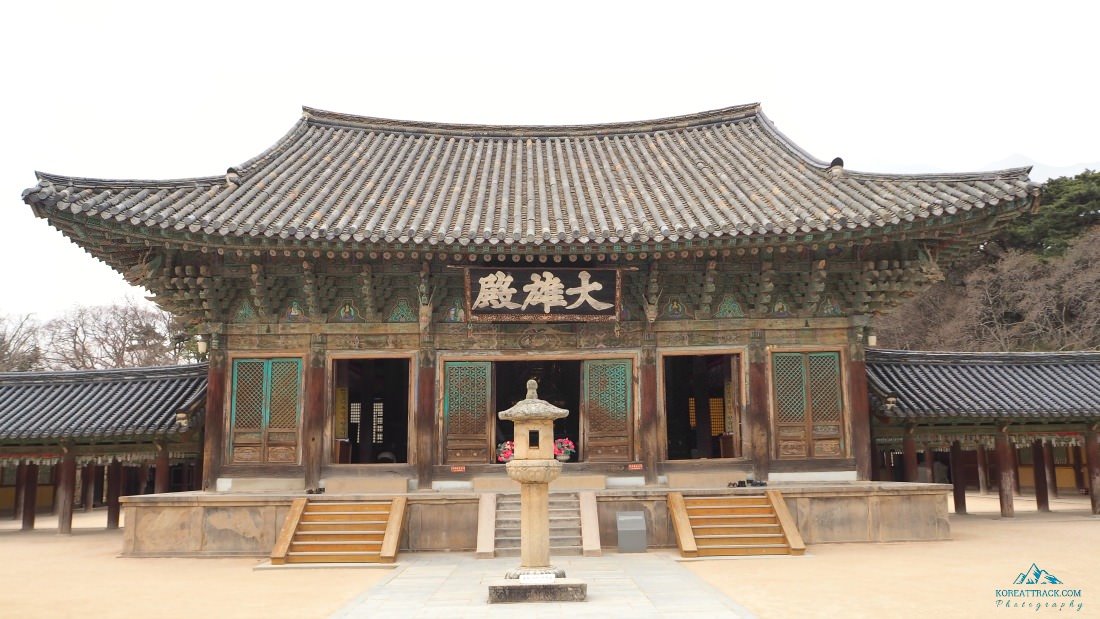 Bulguksa Temple area is one of Gyeongju's historic areas that were damaged but stood its ground until today
Bulguksa Temple area is one of Gyeongju's historic areas that were damaged but stood its ground until todayIntroduction
Gyeongju City, often referred to as the 'Museum Without Walls,' is a place where history permeates every corner. As the ancient capital of the Silla Kingdom, which thrived from 57 BC to 935 AD, Gyeongju is a treasure trove of historical sites, ancient relics, and cultural heritage.
Here is a list of popular travel sites and attractions in Gyeongju City:
1. Bulguksa Temple: A UNESCO World Heritage site, this is an architectural masterpiece and an essential representation of Silla-era Buddhist culture.
2. Seokguram Grotto: Another UNESCO World Heritage site, this artificial grotto houses a magnificent Buddha statue and is considered a classic of far eastern Buddhist art.
3. Gyeongju Historic Areas: This vast area contains a large number of ancient sites, such as Tumuli Park, which has over 20 large and small tombs from the Silla period including the Cheonmachong and Hwangnamdaechong tombs.
4. Anapji Pond: Part of an ancient palace complex, this picturesque pond is a great place to take in the scenic beauty, especially during sunset.
5. Cheomseongdae Observatory: As one of the oldest surviving astronomical observatories in East Asia, Cheomseongdae is an iconic symbol of Gyeongju.
6. Gyeongju National Museum: Home to thousands of Silla-era relics, this museum is a must-visit for anyone interested in Korean history and culture.
7. Woljeonggyo Bridge: Reconstructed based on historical records, this bridge is a re-creation of one of the grand bridges of the Silla Kingdom and is stunning at night when illuminated.
8. Yangdong Folk Village: A UNESCO World Heritage site, this traditional village showcases the traditional culture of the Joseon Dynasty.
9. Bomun Lake Resort: A tourist complex with luxury hotels, a convention center, and a wide range of leisure facilities situated around the beautiful Bomun Lake.
10. Namsan Mountain: Encompassing Buddhist relics, ancient ruins, and stunning scenery, Namsan Mountain is perfect for hiking and exploration.
Gyeongju City’s blend of rich history, royal legacies, and stunning landscapes make it a must-visit destination for history buffs, cultural enthusiasts, and nature lovers alike.
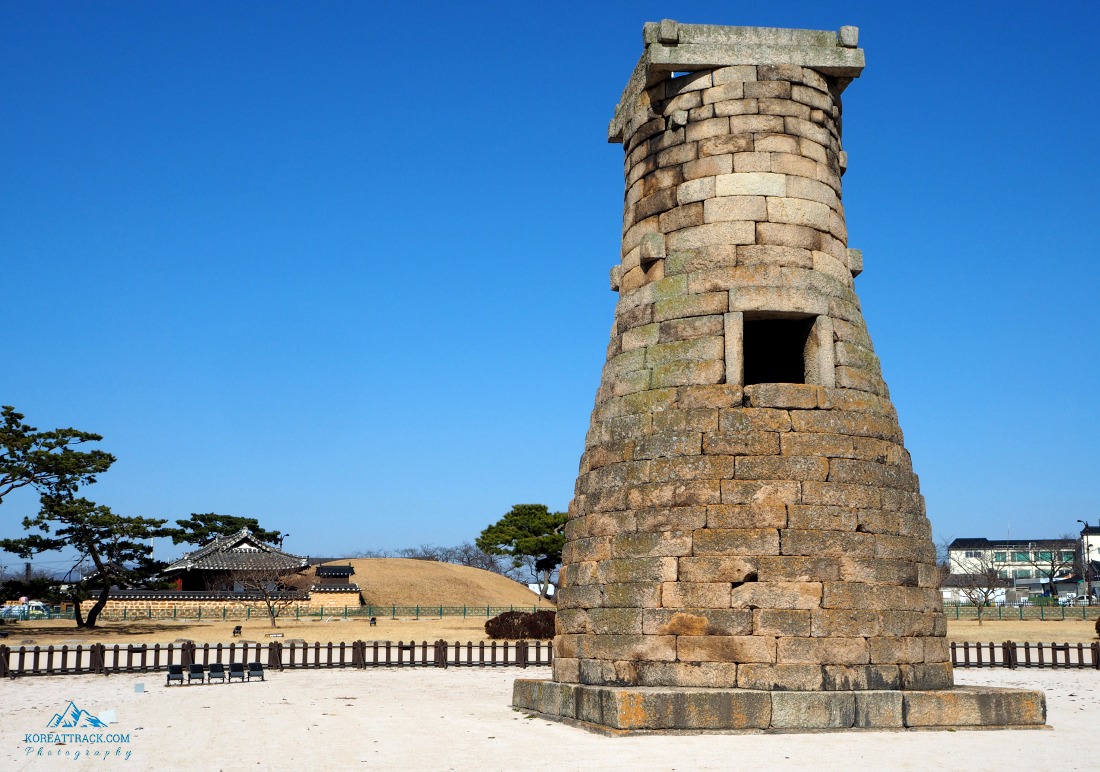 Cheomseongdae Astronomical Observatory
Cheomseongdae Astronomical ObservatoryGyeongju Historic Areas
The Gyeongju Historic Areas consist of a fantastic concentration of exceptional pieces of Korean Buddhist art. They take the form of sculptures, reliefs, pagodas, and the remains of temples and palaces.
These cultural treasures come from the Silla Dynasty that ruled the region between the 10th and 7th centuries.
The Korean peninsula was ruled for nearly 1,000 years (57 BCE-- 935 CE) by the Silla dynasty. The sites and monoliths in and around Gyeongju bear outstanding records to its human achievements.
These monuments are of exceptional importance in the advancement of Buddhist and secular architecture in Korea.
The property comprises 5 distinct areas situated in the center of Gyeongju City and in its suburbs.
FACT: Gyeongju historical areas are enlisted in the UNESCO as a world heritage. Gyeongju is one of the most visited travel destination in South Korea.
The Significant Archaeological Sites
The Buddhist monoliths that have been excavated at the time of engraving consist of 122 temples ruins, 53 stone statues, 64 pagodas, and 16 stone lanterns.
Thirty-six (36) specific monuments can be found in the area. These relics include...
- rock-cut reliefs or inscriptions,
- stone images and heads,
- stone pagodas,
- royal tombs,
- spring wells,
- group of stone banner poles,
- Namsan Mountain Fortress,
- Poseokjeong Pavilion, and
- the Seochulji Pond.
Gyeongju's historic areas include five distinct sites situated in the center of Gyeongju and in its suburbs. The sub-areas are Mount Namsan, Wolseong Palace site, Tumuli Tombs sites, Hwangnyongsa Temple site, and the Fortress Belt, which are owned by the national government.
Wolseong Belt
The Wolseong Belt is fecund with amazing historical relics and sights. In fact, these are the top places that most visitors would not miss to see...
- Wolseong Palace Site
- Gyerim Forest Area
- Anapji Pond
- Imhaejeon Palace Site
- Cheomseongdae Astronomical Observatory
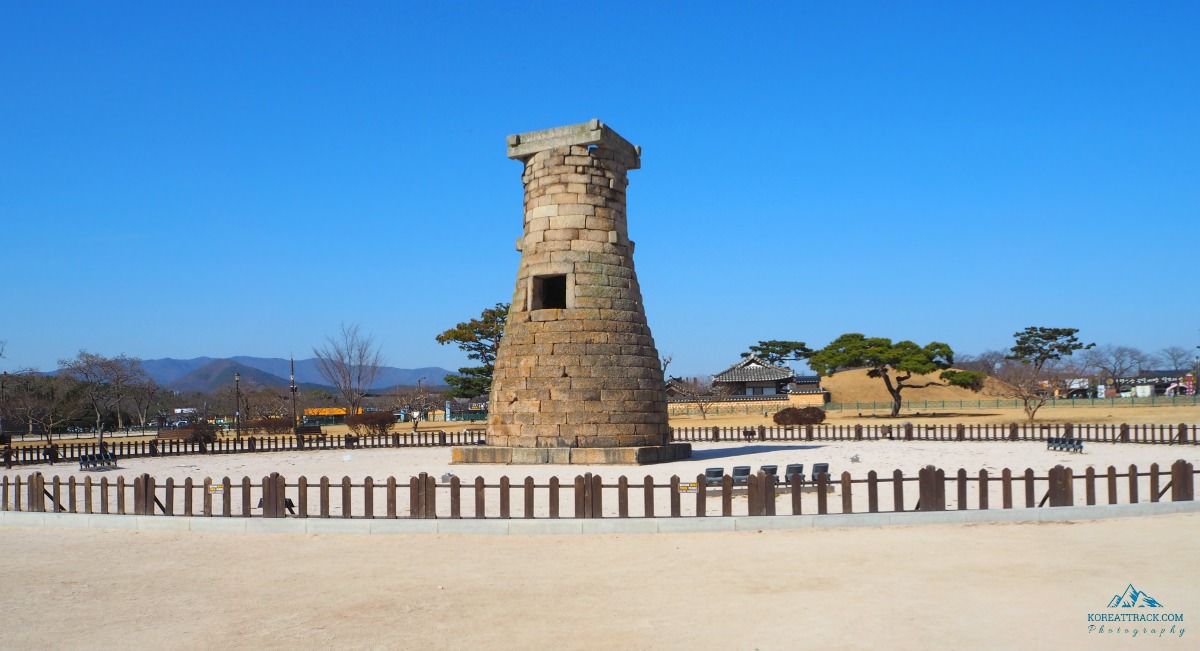 Cheomseongdae Astronomical Observatory at Gyeongju historic areas is the oldest and only one of its kind in Asia
Cheomseongdae Astronomical Observatory at Gyeongju historic areas is the oldest and only one of its kind in AsiaThe Wolseong Palace site and the Gyerim Forest area are part of Wolseong Belt, in which stories say that it is the birthplace of the founder of the Gyeongju Kim clan.
The Anapji Pond, on the site of the ruined Imhaejeon Palace and the Cheomseongdae Observatory, are among the other significant sites worth visiting.
Tumuli Park Belt
The Tumuli Park Belt is consists of three groups of royal tombs. Many of the mounds are dome-shaped, but some take different forms, such as a half-moon.
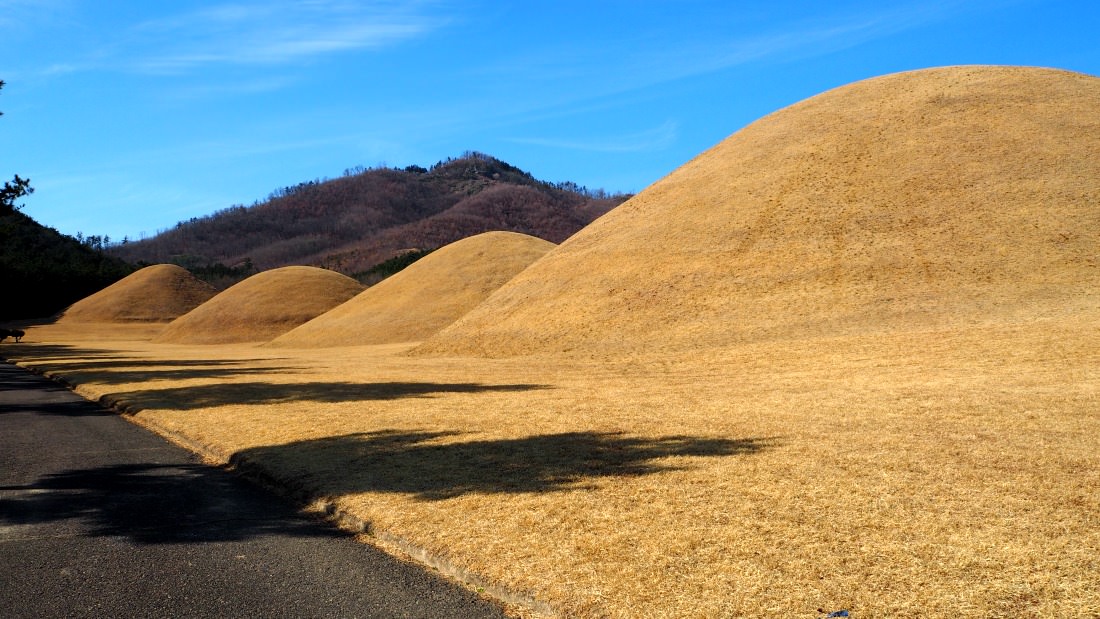 These royal tombs (mounds graves) are believed to be King Muyeol's relatives as they are located close to the King's grave with its tombstone
These royal tombs (mounds graves) are believed to be King Muyeol's relatives as they are located close to the King's grave with its tombstone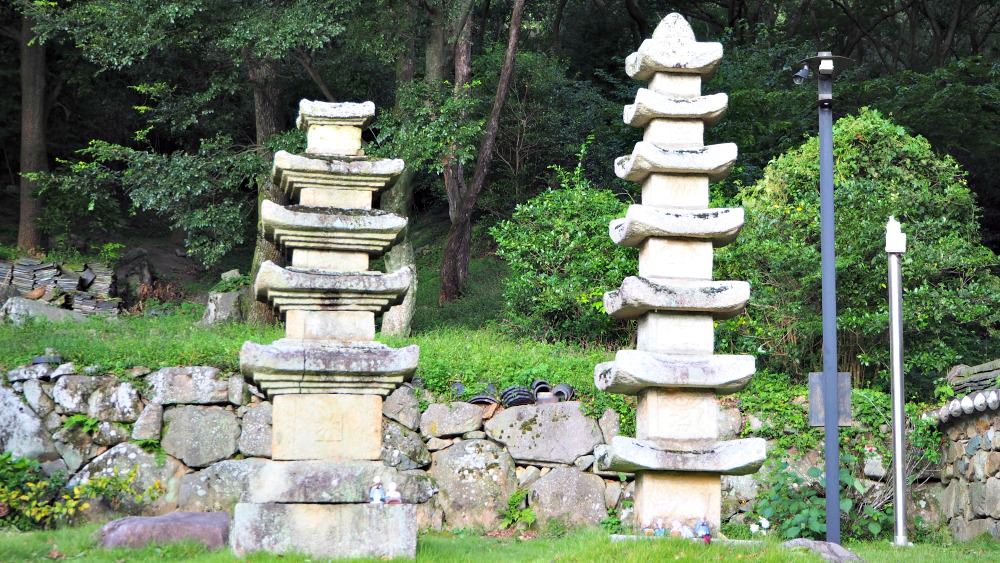 A Korean stone pagoda usually contains a holy monk's 'sari', a small part of his remains that resembles a pearl
A Korean stone pagoda usually contains a holy monk's 'sari', a small part of his remains that resembles a pearlHwangnyongsa (Temple) Belt
The Hwangnyongsa Belt is consists of two Buddhist temples, Bunhwangsa Temple and the ruins of Hwangnyongsa Temple.
Hwangnyongsa Temple, constructed through the order of King Jinheung (540-- 576 CE), is the largest temple ever built in South Korea. The temple covers some 72,500 square meters in total area.
Sanseong Fortress Belt
The Sanseong Fortress Belt includes protective centers along the east coast and at other strategic points of Gyeongju. This fortress belt houses the Myeonghwal Mountain Fortress.
UNESCO Status
According to the UNESCO's requirements, the Gyeongju Historic Areas hold different sites and monuments with great value in the development of non-religious and religious architecture in South Korea.
Second, the Silla dynasty's rule for over a thousand years of the Korean peninsula, and the antiques and sites it left around Gyeongju represents a remarkable record to its cultural advancements.
As public property, the individual areas together convey the worth of Gyeongju as the capital city of the Silla Dynasty.
The heritage locations, as a whole, serve as testimony to the 1,000-year history by offering evidence of the totality of the culture, consisting of the city design, social structure, and modes of living of the Silla dynasty.
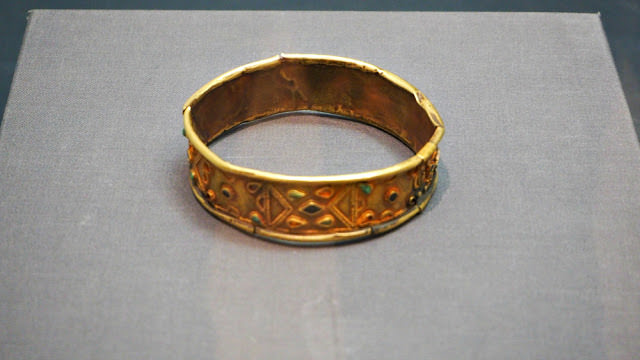 Gold armlet made during the Silla Kingdom (National Museum of Korea)
Gold armlet made during the Silla Kingdom (National Museum of Korea)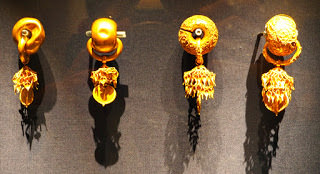 Gold earrings made during the Silla Kingdom [National Museum of Korea, Seoul]
Gold earrings made during the Silla Kingdom [National Museum of Korea, Seoul]Conservation of the World Heritage
The location surrounding the Mount Namsan and Sanseong Belts are facing little danger of advancement.
However, most of the existing historic locations remain in metropolitan districts. Building heights, design, advancement, and the growing number of vehicles within Gyeongju, all of which might disrupt the visual and physical stability of the historical areas.
The entire complex of the Gyeongju Historic Areas keeps a high degree of authenticity, which are primarily archaeological sites and carvings.
There has been a little restoration of the architecture, sculptures, pagodas, burial places, and fortresses.
According to UNESCO, the work undertaken is based on scientific proof from excavation and other forms of a research study.
The entire area is also listed as designated national park under South Korea's National Park Law.
Structure heights, style, encroachments from development, and the growing number of automobiles within Gyeongju City, may disrupt with the physical and visual stability of the historic areas, ought to be strictly managed.
The whole site of the Gyeongju Historic Areas preserves a high degree of authenticity, as do the individual elements, which are mainly historical sites and carvings.
The numerous aspects of the historical sites have actually been preserved in situ in their initial settings. The ruins of the Buddhist temples and palace sites are being kept so as not to disrupt their original designs and layout.
To maintain its status, the designated authorities of Gyeongju City shall abide by the policy and standards of UNESCO.
You're awesome! Thanks for reading this far. Wishing you have a wonderful and refreshing travel!
- Home
- Gyeongsangbukdo Travels
- Gyeongju Historic Areas
Get Exciting Activities
Book one of our exciting activities today to experience the thrill of a lifetime! Take advantage of this opportunity and secure your spot in advance.
Hotel Map Guide
Find your affordable, accessible, and comfortable hotel in Seoul at Agoda.Com. See the hotel map below...
Hotel Booking Guide
Find affordable and amazing hotels on Agoda.com using the search box below. Book now to enjoy great discounts and save!

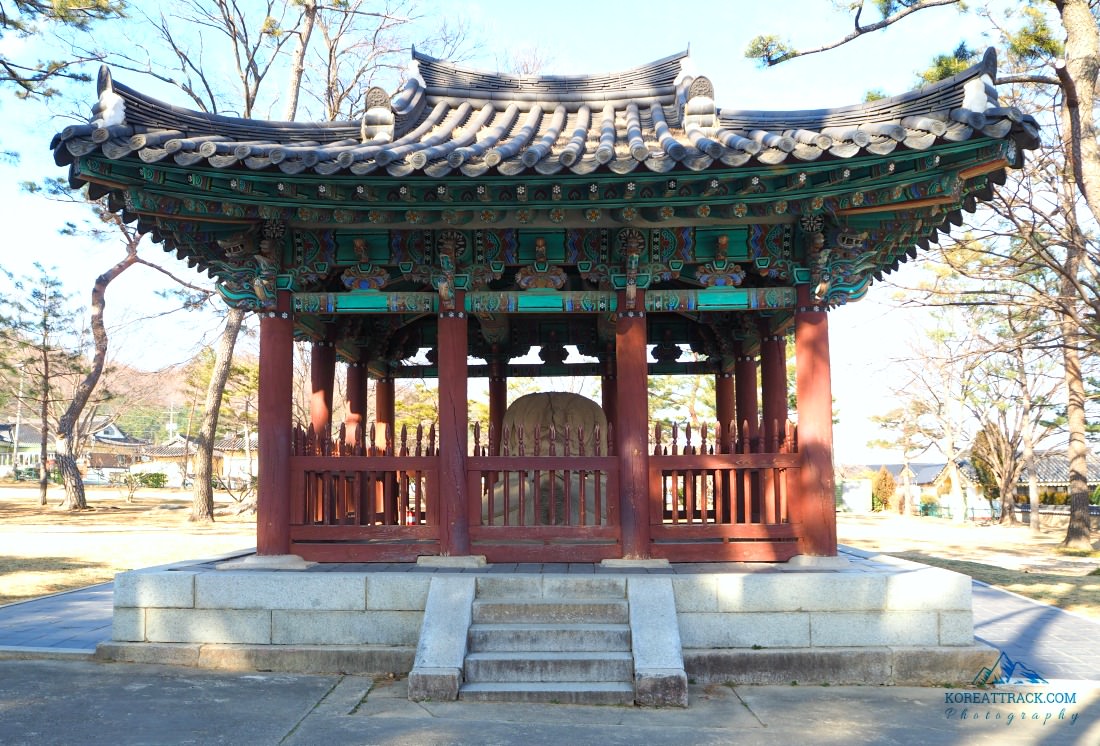





New! Comments
What do you think about this page? Leave me a comment in the box below.